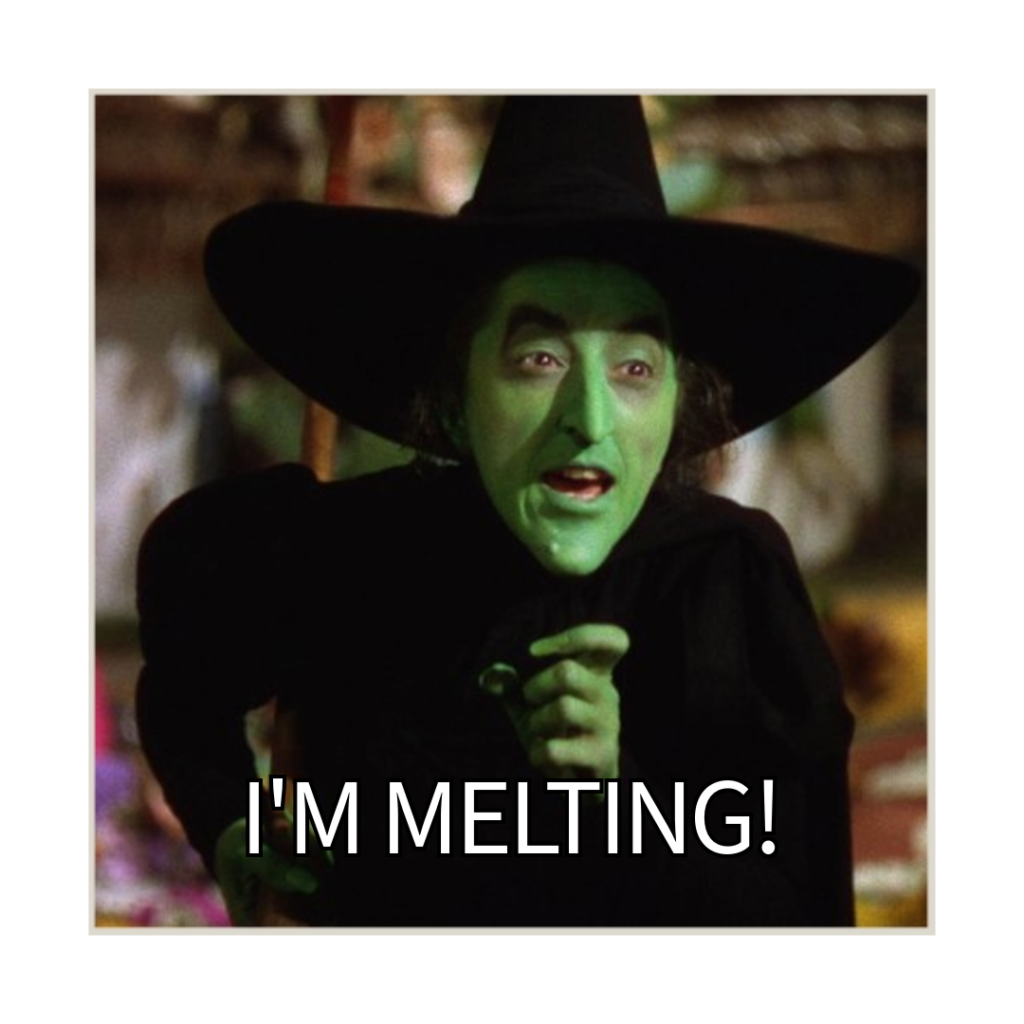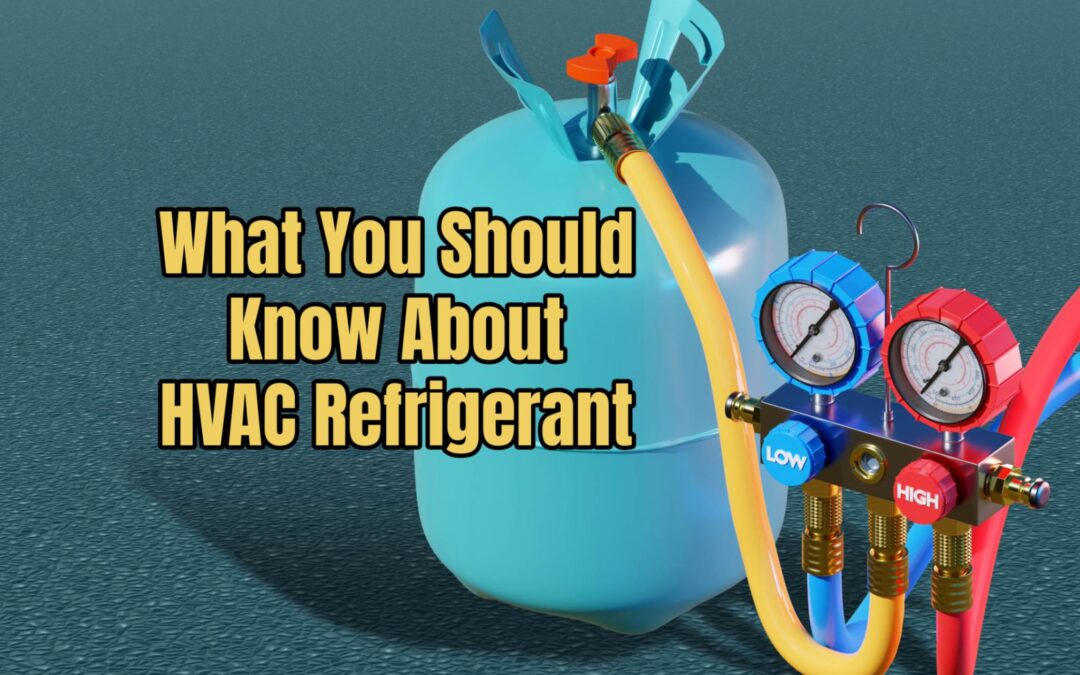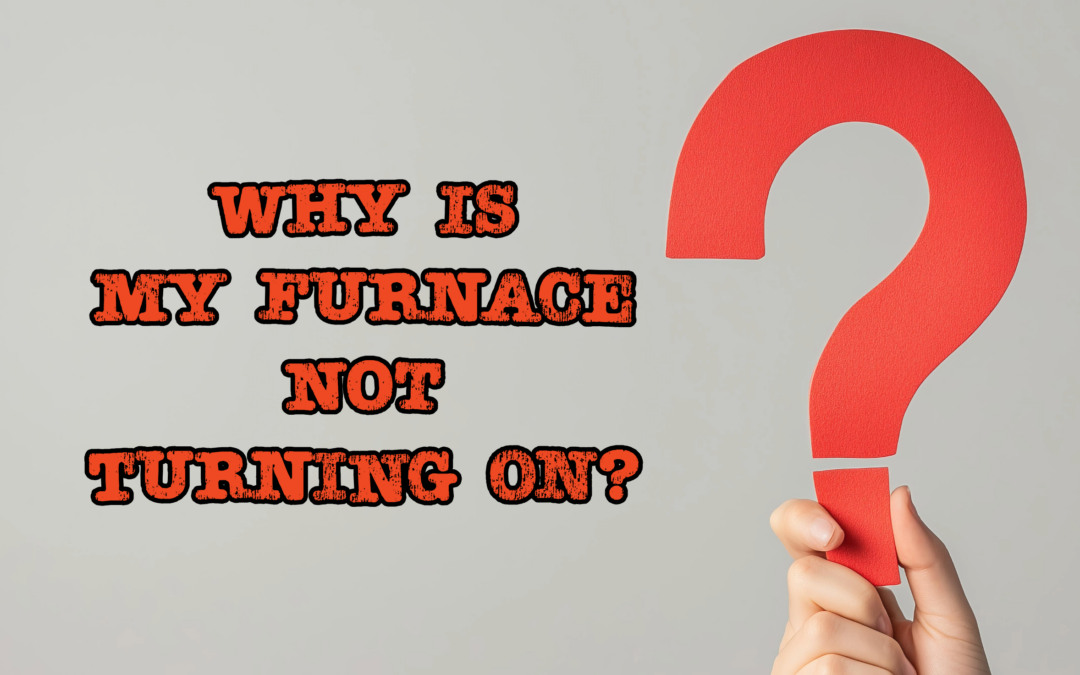If you’re currently dealing with an AC that just doesn’t seem to be blowing out cool air, it’s important to remember that the period extending from June to August is Ohio’s peak heat and rainfall months. Which means that heat and humidity are currently at their highest levels. So, if your air conditioning system isn’t working right now, it’s reasonable to conclude that you might indeed feel as though you are melting.

In all seriousness, we recognize that restoring functionality back to your air conditioner is of utmost importance. A fully operational air conditioning system ensures not just comfort, but also safety, by facilitating proper airflow and circulation within your home. When these aspects are compromised, they can adversely affect the indoor air quality in your home, which only further underscores the significance of timely repair and maintenance.
Now, there are various reasons as to why your air conditioning unit may not be emitting cool air. So, your local Canal Winchester Heating & Cooling experts have put together a list of eight of the most common reasons behind this particular problem, plus we’ll show you practical ways to troubleshoot them.
Let’s Troubleshoot:
Look At the Thermostat
Let us direct our attention to the thermostat, which serves as the central control unit for your HVAC system. If the thermostat isn’t working properly, it will have a substantial impact on the entire system’s functionality. An improperly functioning thermostat struggles to communicate effectively with your HVAC system, influencing the activation cycles and operational efficiency of your AC unit. Many system issues can often be attributed to the thermostat. Therefore, in the event of air conditioner malfunctions, a thorough examination of the thermostat should be considered as a first step.
- Verify that the thermostat is powered and responsive. Should your model require batteries, they may need replacement.
- Ensure the thermostat setting is not on “heat.”
- Confirm the thermostat is set to “auto” rather than “on.” Setting it to “on” results in the fan operating continuously, regardless of temperature.
Look At the Circuit Breaker
Is your air conditioning unit powered on? If not, it’s possible that the circuit breaker has been tripped. Circuit breakers are typically located in low-traffic areas of a house, such as the garage, basement, or utility closet. Please inspect your breaker to determine if it has been tripped by the air conditioner, and if so, reset it to the “on” position. Should this step resolve the issue, excellent! However, please be aware that if your unit resumes operation but continues to trip the breaker, this suggests a more significant underlying problem that should be examined by a professional technician.
Look At the Air Filters
A clogged air filter might appear insignificant, yet neglecting it can lead to substantial problems. An air filter burdened with dust and airborne contaminants restricts airflow, potentially causing a cascade of issues affecting the motor, fan, or compressor.
Your air filters ought to be replaced every 1-3 months, depending on the type of air filter you employ, the presence of pets in the home, and the frequency of system usage. It is advisable to inspect your air filters to ensure they do not require changing. Should this resolve your issue of warm air, excellent! If not, please continue to the next step.
Look At the Evaporator Coils
A clogged air filter may also result in the accumulation of dust or loose debris on the evaporator coil. Contaminated evaporator coils fail to absorb heat from the air as designed, thereby impeding the heat exchange necessary for the cooling process to occur.
To address this issue, inspect your evaporator coils carefully. If they look like they require a cleaning, it is important to proceed with caution. For a comprehensive guide on the appropriate cleaning methods for your evaporator coils, please click here.
Look for a Refrigerant Leak
Similar to how your vehicle’s air conditioner needs coolant to produce cool air, your home’s air conditioning system operates on the same principle. The refrigerant in your AC facilitates the heat-cold exchange; thus, when the refrigerant level is low or if there’s a leak, your system will begin to emit warm air instead.
Unless you possess HVAC certification, it is likely that you have the legal means to obtain air conditioning refrigerant for your system. It is advisable to delegate this troubleshooting task to a professional. However, it is prudent to monitor your unit for these indicative signs of low or leaking refrigerant:
- Bubbling or hissing noises are audible even when the air conditioning unit is switched off.
- A lack of cool air emanating from the vents is noticeable.
- Ice formation is visible on the evaporator coils.
Look At the Condenser (Outside Unit)
Finally, let’s address the outdoor unit, known as the condenser. When the coils of a condenser accumulate dirt, their efficiency in extracting warm air from your home diminishes. This inefficiency can lead to a significant reduction in the flow of cool air. If this issue persists over time, it may cause damage to the condenser unit.
Your condenser may be due for a cleaning. For safety reasons, start by powering off the unit. Then, wearing protective gloves, gently rinse the debris off the coils using a water hose. It is advisable to select a softer setting on your hose, such as “shower” or “flat,” to avoid potential damage. Avoid using a high-pressure “spray” setting. Carefully hold the hose and begin to spray from the bottom of the condenser, progressively moving across the coils inch by inch from left to right. It is crucial to proceed with care and attention to detail to prevent any damage to the unit. Remember, a professional HVAC technician should address more intricate parts of the condenser during your routine maintenance and safety inspection.
Are you still encountering problems with your air conditioning unit blowing hot air? While you can try multiple self-troubleshooting methods, anything beyond that should be left to a professional. So, if your air conditioning unit remains non-functional, our team is at your service. Our technicians are NATE-certified, boasting extensive experience in the HVAC field. Furthermore, we provide emergency services 24 hours a day, 7 days a week, throughout the year.
Prepare your air conditioning system for Ohio’s heat with the professional team at Canal Winchester Heating & Cooling. Call us today at (614) 524-4737, or schedule an appointment online now by clicking here!







